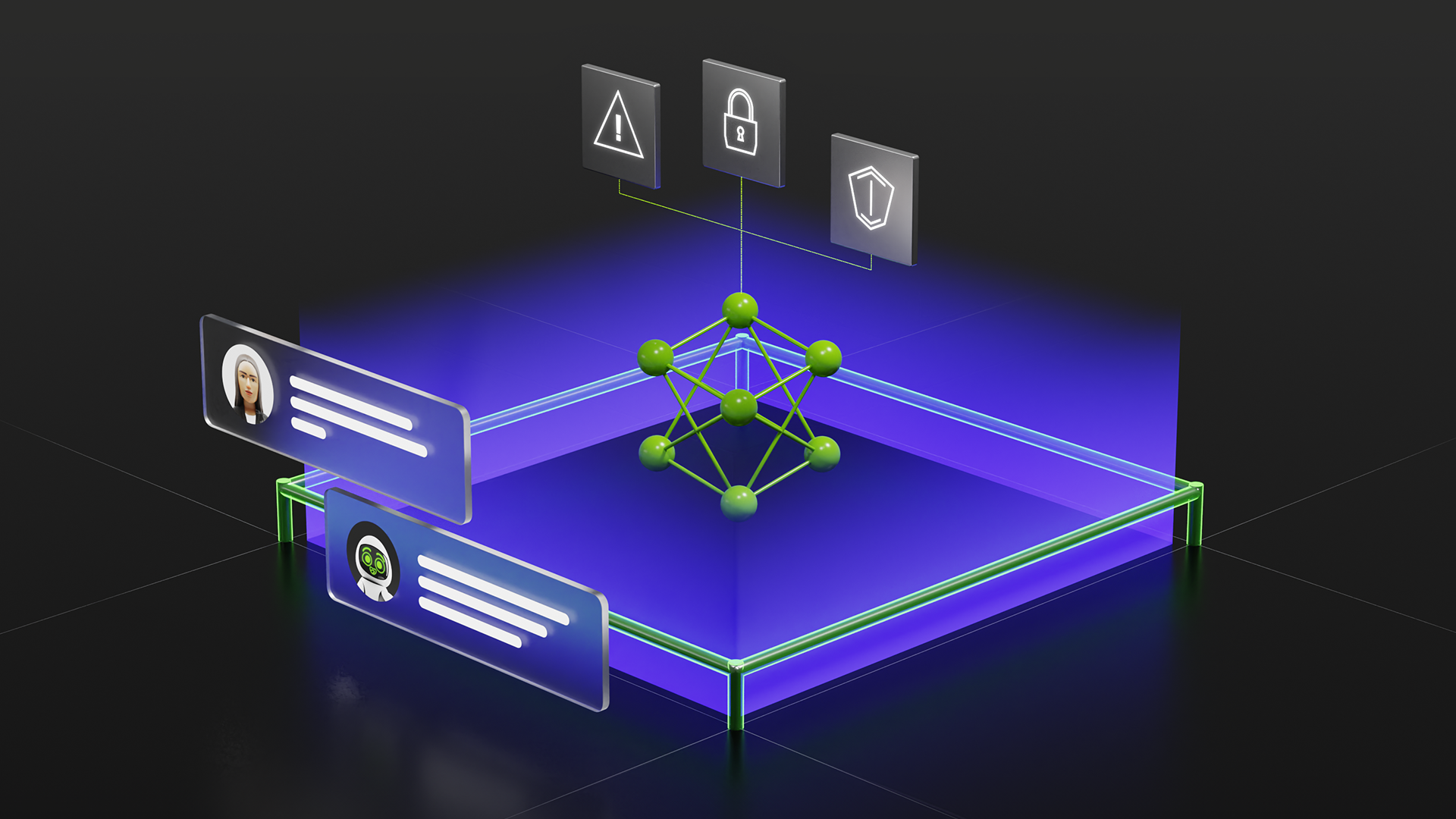The Future of Cyber Security in a Digital World
As the digital landscape continues to expand, the need for robust cybersecurity becomes more critical than ever. With every new technological breakthrough comes a fresh wave of potential vulnerabilities, creating a high-stakes environment where the defenders of data must remain one step ahead of increasingly sophisticated adversaries. Understanding future cybersecurity trends is essential for navigating this rapidly changing terrain and ensuring the safety of our digital ecosystems.
The Rise of AI-Driven Threats
Artificial intelligence (AI) is transforming both the tools of cybercriminals and the defenses of cybersecurity professionals. AI can automate attacks, identify vulnerabilities faster than ever before, and even mimic human behavior to bypass traditional security measures. This dual-edged sword means that as businesses harness AI for efficiency, they must also prepare for AI-powered cyberattacks. Advanced malware, deepfake technology, and autonomous hacking systems are just a few examples of these evolving cyber threats that will require next-level defenses.
Zero Trust Architecture – The New Security Standard
In a world where remote work and cloud computing have become the norm, traditional perimeter-based security is no longer sufficient. Zero Trust Architecture (ZTA) assumes that no user or device is inherently trustworthy, requiring continuous verification and strict access controls. This approach minimizes the damage of a breach by limiting the movement of attackers within a network. As digital world security 2025 evolves, Zero Trust will become a foundational strategy for businesses looking to protect their critical assets.
Quantum Computing – A Double-Edged Sword
Quantum computing holds the potential to revolutionize industries, offering unimaginable processing power. However, it also poses a significant threat to current cryptographic standards. Quantum algorithms could crack even the most complex encryption within seconds, rendering today’s security protocols obsolete. This makes the development of quantum-resistant encryption a critical focus for next-gen security solutions. The race to secure data against quantum attacks is already underway, with major tech companies and governments investing heavily in quantum-safe cryptography.
Biometric and Behavioral Security – Beyond Passwords
The password is rapidly becoming an outdated form of authentication. In its place, biometrics like fingerprint scans, facial recognition, and even behavioral analysis are emerging as more secure and user-friendly alternatives. These methods analyze unique physical or behavioral traits to verify identity, making them far harder to forge or bypass. This shift towards more personalized, context-aware security is a key element of future cybersecurity trends.
The Growing Importance of Cyber Resilience
Cyber resilience goes beyond just preventing attacks – it’s about ensuring your organization can quickly recover from a breach. This involves robust incident response plans, regular data backups, and continuous employee training. In the digital world security 2025 landscape, the ability to bounce back quickly from a cyber incident will be a critical differentiator for businesses.
Automated Threat Detection and Response
As cyberattacks grow more sophisticated, the need for rapid, automated responses becomes crucial. Machine learning and AI-driven threat detection systems can identify anomalies, flag potential breaches, and even neutralize threats in real-time. These technologies will be a cornerstone of next-gen security solutions, allowing businesses to stay ahead of emerging threats without overwhelming their security teams.
The Role of Blockchain in Cybersecurity
Blockchain’s decentralized nature makes it a powerful tool for enhancing cybersecurity. It provides a transparent, immutable ledger that can be used to verify identities, secure transactions, and even track the origin of data. As more industries adopt blockchain, it will play a significant role in mitigating data breaches, reducing fraud, and ensuring the integrity of digital transactions.
Human-Centric Security – The Last Line of Defense
Even the most advanced security systems can be undermined by human error. Phishing, social engineering, and insider threats remain significant risks. Building a culture of cybersecurity awareness and regular training for employees will be critical to overcoming this challenge. In the end, the human element remains a pivotal part of evolving cyber threats.
As we move deeper into the digital age, the nature of cybersecurity will continue to evolve. The rise of AI, quantum computing, and decentralized technologies will transform both the threats we face and the tools we use to combat them. By staying ahead of future cybersecurity trends and investing in next-gen security solutions, businesses and individuals can confidently navigate the complex and ever-changing landscape of digital world security 2025.
Would you like me to polish this article further based on a specific industry or audience, like healthcare, finance, or small businesses? Just let me know.








